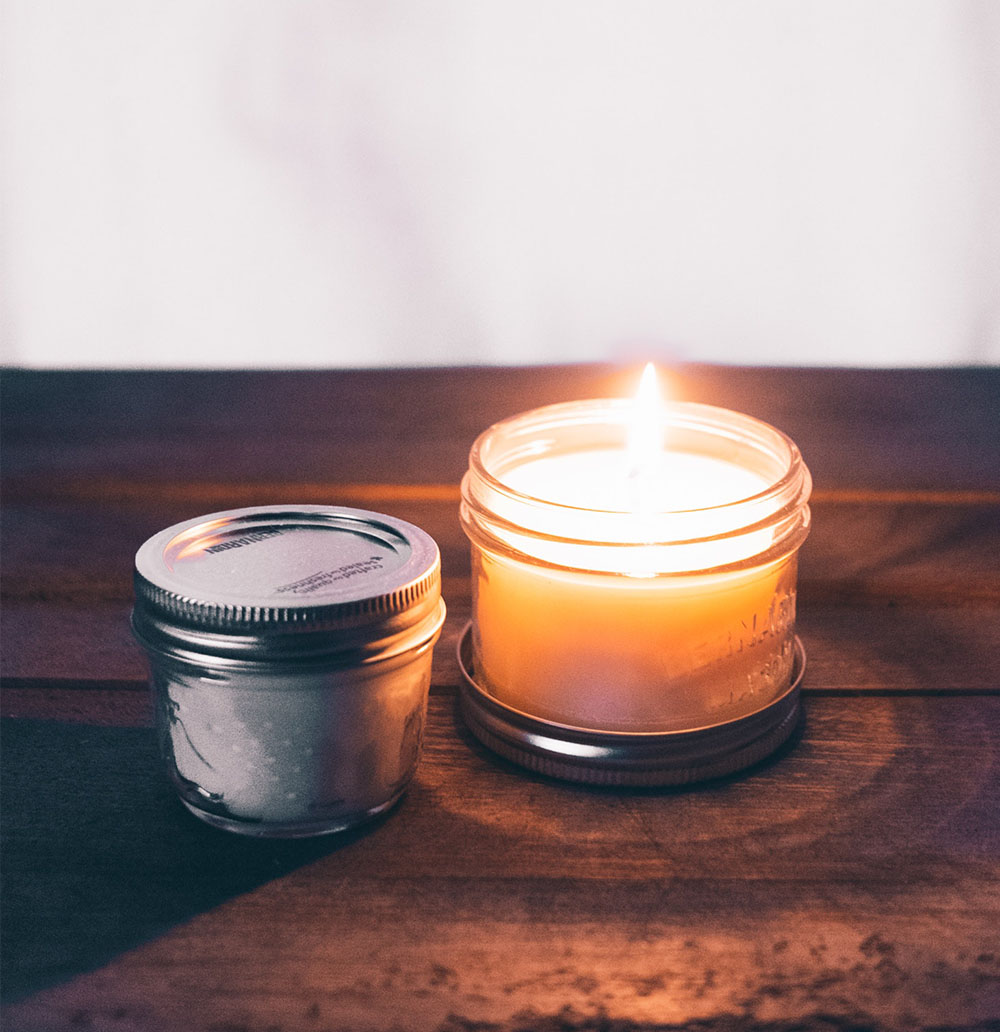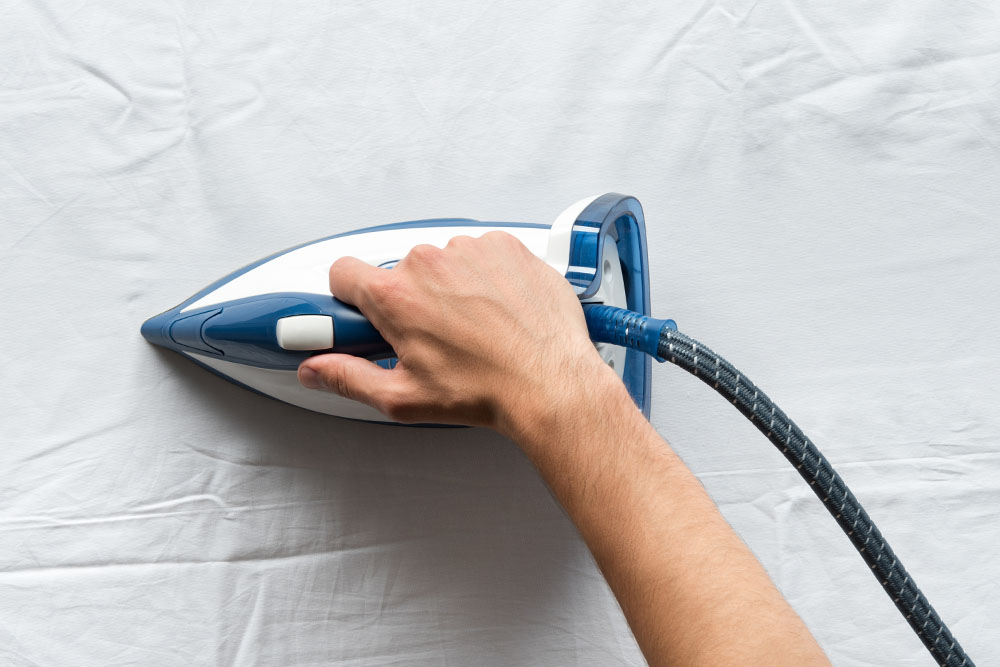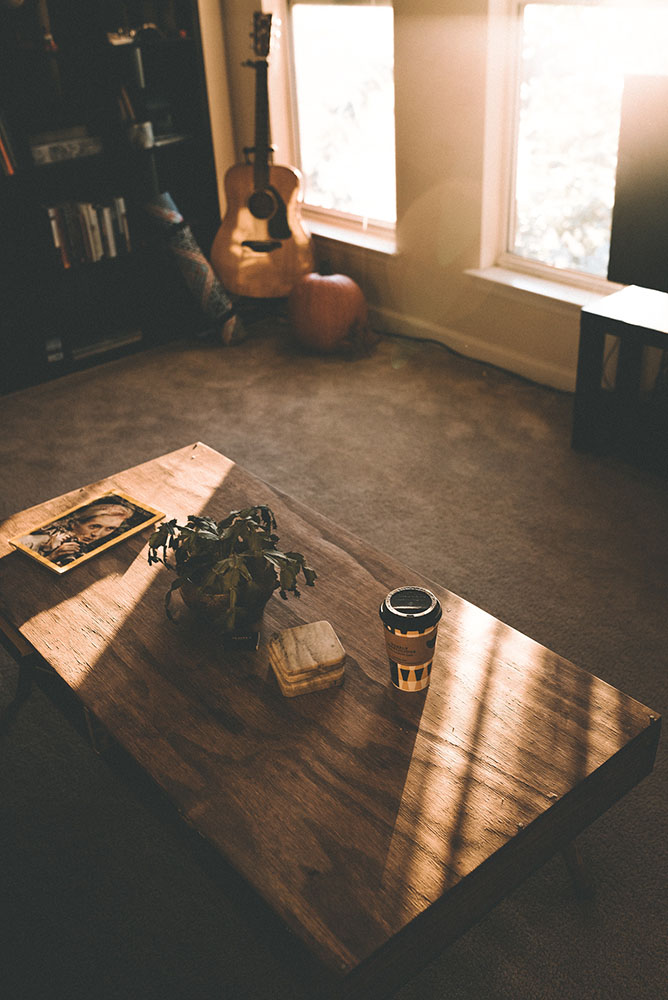Believe it or not, having wax on your carpet should be considered a good thing.
If you have wax on your carpet, that means your house didn’t burn down when the candle spilled. Count that one as a blessing!

Yes, you’re right, it could have been one of those scented wax warmers. Either way, I promise it’s not the end of the world. It’s going to come out quite easily, and you can do it with things you probably already have.
For our third video in the DIY Toolbox series, we are going to show you how to get wax out of carpet.
If you want to learn how to get wax out of the carpet, here’s what you will need:
- Paper towels
- A clothing iron
- Baking soda
- White Vinegar
- A Vacuum
Visual learning is the best type of learning, so here is the video to show you how it’s done:
That was pretty straightforward, but I’ll walk you through the steps anyway.
When wax is spilled on the carpet, I always suggest taking a preparation step before you enter in the process of wax removal.
This pre-step consists of evaluating why you are in this position in the first place. How did wax fall on the carpet?
Answers may vary, but flame-lit candles should never be in a position where they can be bumped, moved, or tipped over.
Scented wax warmers might not capture the essence of a traditional candle, but they drastically lessen the risk of a fire.
Step 1: Melt the wax using a clothing iron

Don’t worry; you won’t hurt your iron.
If your spill recently happened, do not touch the wax until it’s hardened. Allow it to sit on the surface of the carpet and return to its solid state before attempting the first step.
When it’s ready, place a damp paper towel over the wax. Using your iron, press down gently on the spot for at least 10 seconds.
Once you lift the iron, you’ll be able to see the progress.The paper towel should have absorbed some of the candle wax.
Step 2: Slowly drag the paper towel out from under the iron
Now that the wax is melting and absorbing into the paper towel, you will want to work carefully.
Each time you lift up the iron, slowly drag the paper towel out from underneath. Lift the paper towel up off of the carpet as you are pulling it out. Every half inch or so, reapply pressure to the paper towel.
You should start to notice a line of wax on the paper towel. Keep repeating this until all of the visible wax is absorbed.
Depending on the color of the wax, you might notice a slight stain on your carpet. In this case, you will want to take a couple more steps to remedy the stain.
Step 3: Sprinkle baking soda over the spot
Baking soda has many different uses, especially when it comes to carpet cleaning. You can even deodorize your carpet with baking soda.
For wax stains, sprinkle a light amount over the stain. Allow it to sit there for at least sixty seconds.
Step 4: Pour vinegar over the baking soda
Pouring vinegar on baking soda neutralizes the stain. The reaction between the two ingredients acts as a cleaning agent.
There isn’t an exact amount of vinegar. It will vary depending on the stain. I suggest applying vinegar until all of the baking soda is finished dissolving.
Step 5:
Soak up the vinegar. Dab the spot, don’t rub!
Final Step: Vacuum

Lastly, you’ll want to vacuum over the spot.
If you don’t have these things at your house, there is another method you can try. The success of this approach is dependent on how embedded the wax is on the carpet.
Once the wax is dry, you can take an ice cube and try to freeze it. Ice makes the wax easier to chip away. Using ice and a butter knife, you might be able to scrape all of the wax away.
If you’re curious how to get wax out of clothes, both of these methods are effective. For clothes, try the ice method first. Sometimes you can remove the wax without leaving a stain. Like carpet, it’s surprisingly simple to remove wax from fabric.
We hope this helps! Sometimes jobs are just easier than you expect them to be.
This video has been yet another addition to our DIY Toolbox series. If you have any suggestions for videos or DIY lessons, please let us know in the comments! We created this series to help you; the homeowner who wants to learn.
Anything found written in this article was written solely for informational purposes. We advise that you receive professional advice if you plan to move forward with any of the information found. You agree that neither Lula or the author are liable for any damages that arise from the use of the information found within this article
